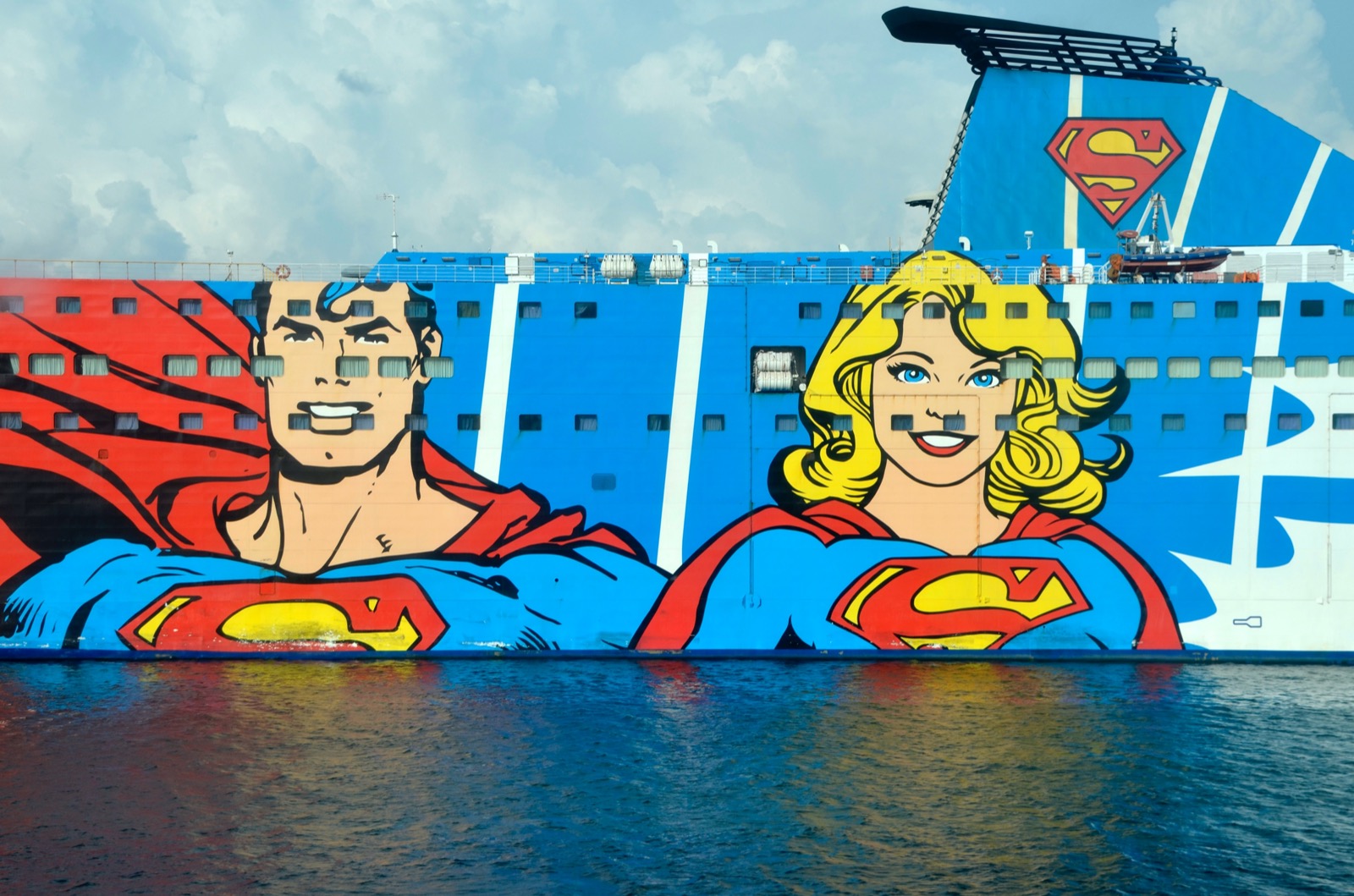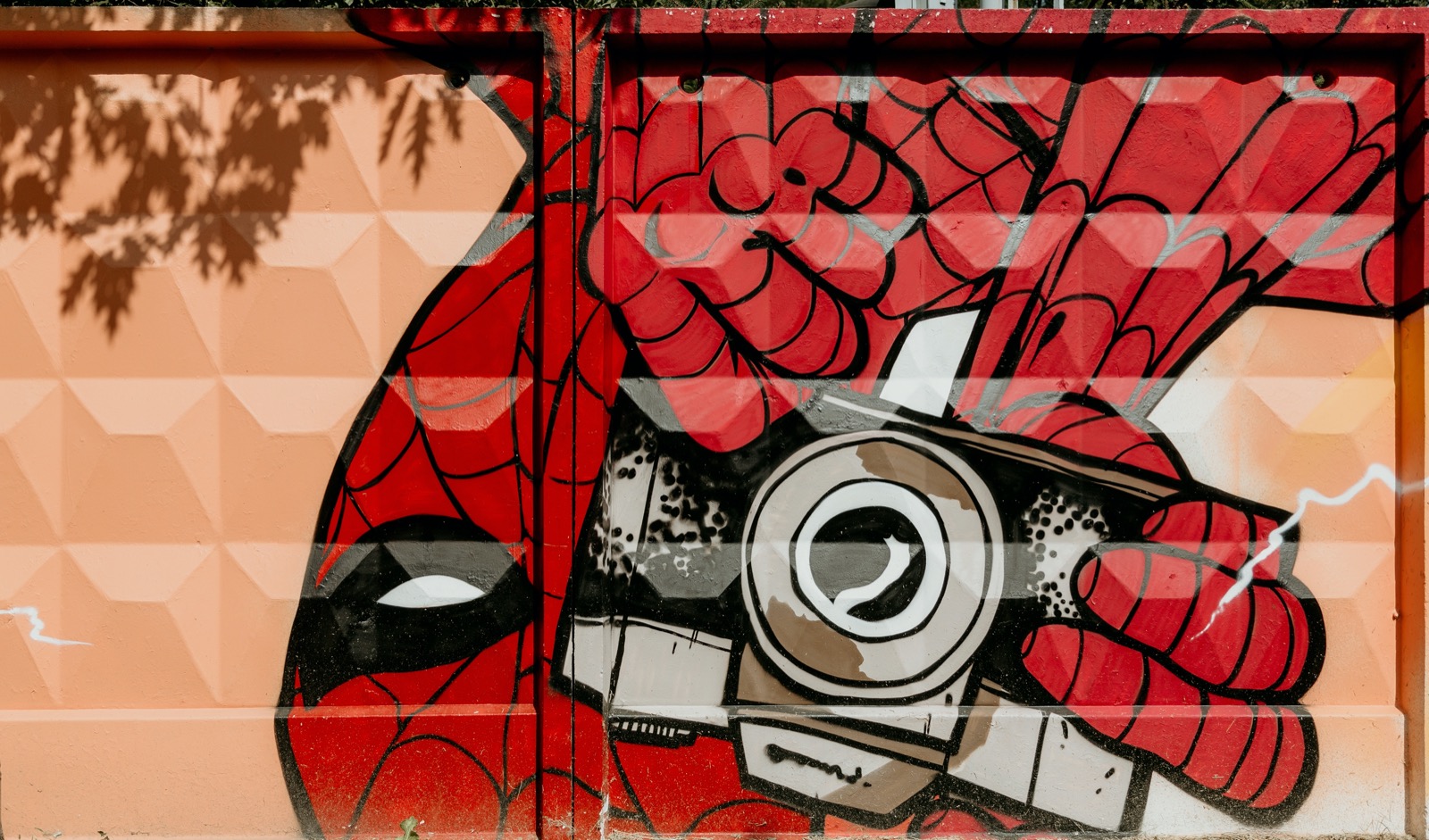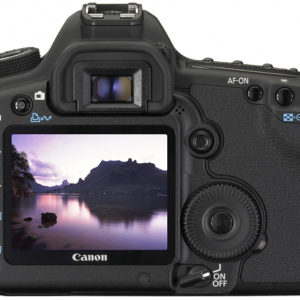
I’m a firm believer that in-person sales is a big part of being a full-service photography studio.
Being in the photography industry, we take for granted how easy it is to put together a wall art collection or an album.
We forget that these sorts of things can be totally overwhelming for our clients.
They have every intention of sitting down to choose their wall art and album images, but the sheer number of images they have to sort through overwhelms them, they don’t know how to choose the best image groupings, etc.
As a result, the images sit on a USB drive in the back of a drawer and never get seen again.
In-person sales is a great way to make sure that your clients not only get quality images taken but also make sure that their images end up in places where they can be seen and enjoyed – a wall display, a folio box, an album, etc.
There are a couple of different ways to do in-person sales – you can either do them the same day as the session, or you can schedule a separate date and time after the client’s session for them to come in and view their images for ordering.
Regardless of how you choose to do it, one question seems to come up somewhat regularly – how do you outsource your editing while still doing IPS?
It’s actually not as difficult as you may imagine. Having worked as an editor for photographers for the last decade, I can tell you that I have clients that do it successfully whether they do same-day viewing and ordering or whether they have their clients come back on a separate date for their viewing and ordering.
Here’s some tips I have based on each type of workflow.

How To Outsource Photography Editing When You Schedule A Separate IPS Date
The usual workflow outline for most photographers who schedule a separate date for their IPS session typically goes like this:
- Meet with the client for the session
- Choose a date for viewing and ordering session
- In the meantime, cull, edit, and retouch images for the viewing and ordering session
- Have client return on their IPS date to go through and choose images
- Put in print order for the client
- Receive order and either ship to the client or have them stop in to pick it up
(Of course, there’s always some variances in this, but this seems to be the main trend.)
If this is your workflow, you generally want to add in outsourcing somewhere between either steps 2 and 3, 3 and 4, and/or 4 and 5.
Option 1: If you’re outsourcing between 2 and 3:
This is the workflow you’ll utilize if you want someone else to handle the entire process of culling, editing, and retouching.
Essentially, they’d be taking over the entire Step 3 for you.
Option 2: If you’re outsourcing between 3 and 4:
This workflow assumes that you’ll be doing some of the editing yourself. For a lot of my clients that utilize this workflow, they do the culling, and then send the images to me for light editing (exposure, white balance, tonal adjustments, etc.) and retouching (blemish removal, background fixes, and essentially anything that happens in photoshop).
Or, the photographer does the culling and the basic exposure and color-correcting (i.e., light editing), and then send the images to me for retouching (blemishes, eye bags, background fixes, etc).
Option 3: If you’re outsourcing between 4 and 5:
If this is the workflow you want to go with, usually the photographer will have culled the images and done some basic editing (white balance, exposure, etc.) before the client sees them.
For the most part, the images the clients see at their viewing and ordering won’t be retouched – meaning small imperfections like blemishes and eye bags will still be intact. You’ll just have to let your clients know that the images have just received some light editing, but that the images they order will be fully retouched per your retouching style.
Once the client chooses the images they want, you send the chosen images to an editor for retouching and polishing. Once you receive them back from the editor, you put in their print order.
Option 4: A Combination
The other option would be a combination of Option 1 and Option 3. Here, you would send the raw, unedited images to the editor for culling and light editing. Then, once you receive them back, show them to the client during their IPS session.
After the client chooses the images during IPS, you send the chosen images back to the editor for retouching and polishing.
This option has a bit more back-and-forth but has a couple of advantages.
First, it’s the option that has the least amount of time spent behind the computer editing. Second, it can be easier on the budget, as fully retouching an image is more expensive than just getting some light editing done. If only a handful of the images are being fully retouched, you’ll pay less per image on average for editing.

How To Outsource Photography Editing When You Do Same Day Viewing And Ordering
For photographers that utilize this workflow, this is usually how it goes:
- Meet with the client for their session
- After the session is over, send them away for a couple of hours
- While they’re gone, quickly cull and lightly edit the images (just basic white balance and exposure/tonal adjustments, maybe some light skin smoothing at most)
- Once the client returns, go through the lightly edited images with the client so they can choose which ones they want to purchase
- After the client has selected their images and gone home, retouch and polish off the images
- Send in their print order
With this workflow, unless you have someone in-house that does your editing for you, you can really only send the images out at Step 5, as most photo labs will not have a 2-hour-or-less turnaround time.
This also assumes that you will do the culling of the images yourself as well, as again, there isn’t much time to send it out to a lab to do it for you.
However, you can still have a lab do the basic editing (white balance, exposure, etc.) and the retouching (eye bags, blemishes, background fixes, etc.). You just have to make sure you let your clients know at their viewing that the images haven’t been edited at all, but they will be once the client chooses the images they’d like to purchase.
The other option is to do the culling and basic edits yourself, show them to the client for their ordering session, and only send the images to the editor for retouching that the client chooses.
I have photographers that I work with that do both, and both are great options.
However, for this to work well, you have to make sure you’re doing a few other things.
1. Don’t overshoot. If you walk away from a portrait session with hundreds of images, it’s going to take you too long to cull the images. You won’t have enough time to cull through all the images while the client is taking a break.
You want to make sure that you can get the culling time down to half an hour or less. If you can’t, you really need to work at either shooting less, culling faster, or both.
2. Get it right in camera. The more consistently you’re able to shoot, the easier (and quicker!) it will be to edit. If you only have to make minor adjustments to exposure and white balance here and there, light editing will go really fast. If you have to make dramatic changes and your consistency is all over the place, it will take far too long.
At most, it should take you half an hour to do basic light editing (exposure, white balance, and tonal adjustments) on roughly 100 images. If it’s taking you longer than that, you need to work on getting your settings right in camera and shooting consistently.
3. Don’t show too many images. You shouldn’t really be showing your clients more than 50 images at their viewing and ordering. We think that choice is a good thing, but in reality, it’s completely overwhelming to the client. If they have to sort through dozens of images they’ll hit Analysis Paralysis and not be able to choose any.
Instead, get the number of images you’re showing your clients down to 50 or less (30 or less is even better). Lightly editing 30-50 images shouldn’t take you longer than 15-30 minutes.
4. Nail down your style. If you find yourself going back and forth between two or three different presets or constantly fiddling with the tone curve or HSL panel, this is going to add a lot of time. Instead, pick 1 or maybe 2 presets that you use regularly and ditch the rest. The idea is to be able to apply the light edits as quickly as possible, so you really need to nail down your aesthetic and know what look you’re going for right out of the gate.
5. Don’t nit-pick. Remember, your clients are not photographers. They don’t know what proper exposure or white balance is. Don’t spend time adjusting images by 100 degrees in temp or adjust the tint by 1 or 2 points here and there.
These adjustments are so minimal that your client will not notice them and therefore won’t care. The quicker you can let go of your perfectionism during the editing process, the quicker you’ll be able to get the images ready for your client to view them.
How Do You Choose What’s Best For You?

Ok, so I’ve laid out a lot of options here. How do you know what’s best for you?
Well, if you do same-day viewing and ordering, that makes up some of the decisions for you. If you don’t, consider how much time you want to spend editing. If it’s none, you might want to choose a workflow that allows an editor to do all of the editing and retouching for you.
If you’re ok with spending a little bit of time editing, you might want to consider doing the culling yourself and sending the rest of the process out.
If you don’t quite have the cost of retouching worked into your budget yet, it might be best to only send out the images which the client orders. This will probably give you the biggest return on your time (since retouching usually takes the longest), but make it so you’re not paying for images to be retouched that the client doesn’t order.
In the end though, a good editor will work with you on figuring out the best workflow based on your specific needs. For me, this is something that’s always worked out with the client during the onboarding process and is customized for each client.
During the onboarding process we go over the photographer’s current workflow, how their ordering process works, their budget, roughly how many images need editing on average, what the turnaround time in their contract dictates, and figure out a workflow that fits all of those requirements.
Once all the kinks are worked out and the workflow established, it runs like a well-oiled machine and you’ll wonder why you never started sooner 🙂

Beth Teutschmann has been working in the photography industry as an editor and virtual assistant for over 5 years. When not working, she pursues her passions of yeti-hunting, underwater basket weaving, and teaching herself Elvish. See her website here.
